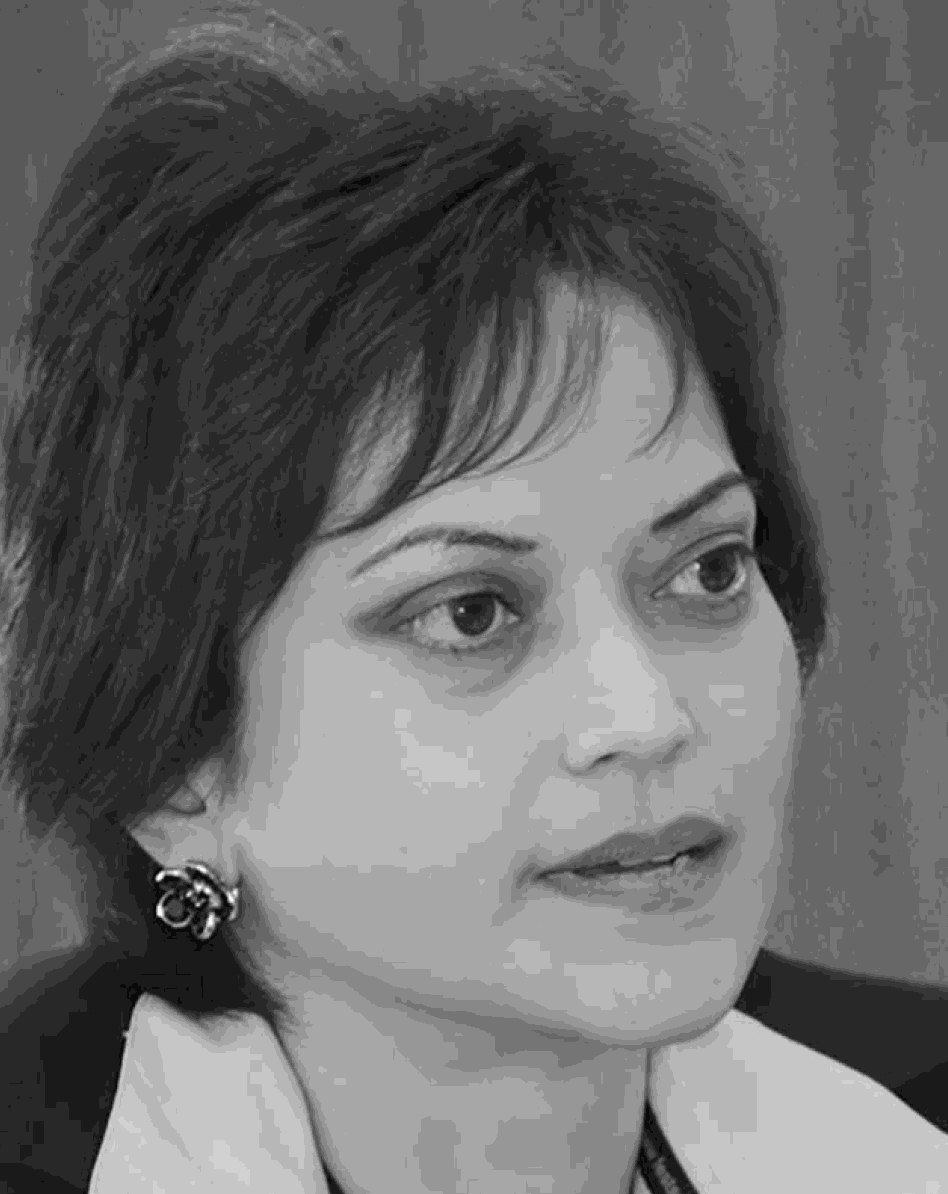LFI 2016 Touts LED Lighting and Digital Control Technology Transformation by Dr. Nisa Khan
The 27th Annual LightFair International (LFI) conference was dominated by LED lighting coupled with internet-based control via wireless networks that continues to proliferate in today’s world. The world is increasingly becoming drenched with Internet of Things (IoT) discussions, demonstrations and for some, a certain level of implementation. Electric lighting transformed our society for over 100 years, boosting our mood and association with the environment, culture, productivity, and economic conditions. Such enormity pales in comparison to an unprecedented revolution that LFI describes as “Light and Technology in a New Language!”
The LED lighting story started with the drastic lm/W advantage, followed by lm/$ advantage. While both of these factors continued to improve without sacrificing color quality to a significant degree, the lighting industry still remained hesitant. The advantage that really caught on now is making LED lighting intelligent so that it provides the most suitable lighting automatically throughout the day for a variety of circumstances and each LED lamp can make IoT optimal and affordable for every household. The story is amazing!
From the business perspective, this sounds as colossal as it is meant to because light is virtually everybody’s consumable resource; and if this resource comes with energy and cost savings along with enhanced lifestyle as well as health, who could argue against it? However, such painted pictures almost never turn out to be as good as they first appear.
The LED lighting overtaking story has two sides. Most industry participants at LightFair, media included, are touting the great benefits of LED lighting in terms of color tunability, synergy with IoT, higher efficacy, CRI over 95, as well as the freedom to design luminaires to fit various architectural forms that aren’t possible with traditional lamps. These include declarations from Osram representatives that their LED tubular and nostalgic vintage glowing lamps offer a slew of these benefits while offering the exact same light distribution as their fluorescent and incandescent counterparts do; speaker Ms. Cohen (Eaton Lighting) in the seminar on revolution in lighting control systems claimed that the beautiful, tunable LED troffers currently available should not be installed without their light adjustment control units that would offer substantially higher value; Dr. DiLaura (Acuity Brands) explained in "A History of Light and Lighting” seminar that LED lamps now produce light in all different directions just as traditional lamps by placing the tiny individual LEDs in various directions.
LEDs do offer color tunability that covers a broad range of CCT mimicking daylight, much improved CRI, as well as form factors that allow creative architectural lighting. While these are inherent and unique benefits of solid-state lighting, current LEDs have issues not suitable for human-centric lighting and vision developed through evolution. Ms. CJ Brockway, in “The Dangers of Over-lighting”, pointed out some adverse effects of glare and non-uniform illumination for humans, plants, and our ecosystem. LEDs still face wide tunability variabilities due to the persisting binning challenge that require different algorithms to custom-tune CCT for LED luminaires from manufacturers as revealed by Mr. Hamilton from Ketra who further discussed the notable impact of blue-light hazard. We should also assess whether the vast amount of data managed by IoT actually has any significant benefit while compromising personal security. Mr. Charles Knuffke (Wattstopper) and Mr. Shinichi Yamamura (Minebea) pointed out the need for glare reduction and tuning consistency improvements in LED luminaires. These challenges may very well account for why Princeton University is hesitant in replacing their traditional lighting with LED counterparts, experiencing notable objections from many professors against LED upgrades. As presented by Ms. Ziegenbein (Hartranft Lighting), the DOE disclosed that while the LED luminaire shipments account for 46% of all lighting systems in 2015, the total market adoption for LEDs was only 3% in the US. Ms. Goyette of “Lighting Design and Specification” magazine in Canada, supported my stance that not enough people are talking about the LED challenges, clarifying where they come from and what we need to do about them. LED lighting’s mainstream sustainability can only be accomplished by attending to these.
Dr. Nisa Khan
Dr. Nisa Khan is the author of Understanding LED Illumination (CRC Press, 2013). She received her Bachelor's degree in Physics and Mathematics, and her Master’s and Ph.D. degrees in Electrical Engineering. Her 32-year career includes work at Honeywell Solid- State Research Center and AT&T Bell Labs (now Nokia) where she conducted pioneering research on 40-Gb/s optoelectronic and photonic devices. Since 2006 she has been working on LED lamps suitable for general lighting.

